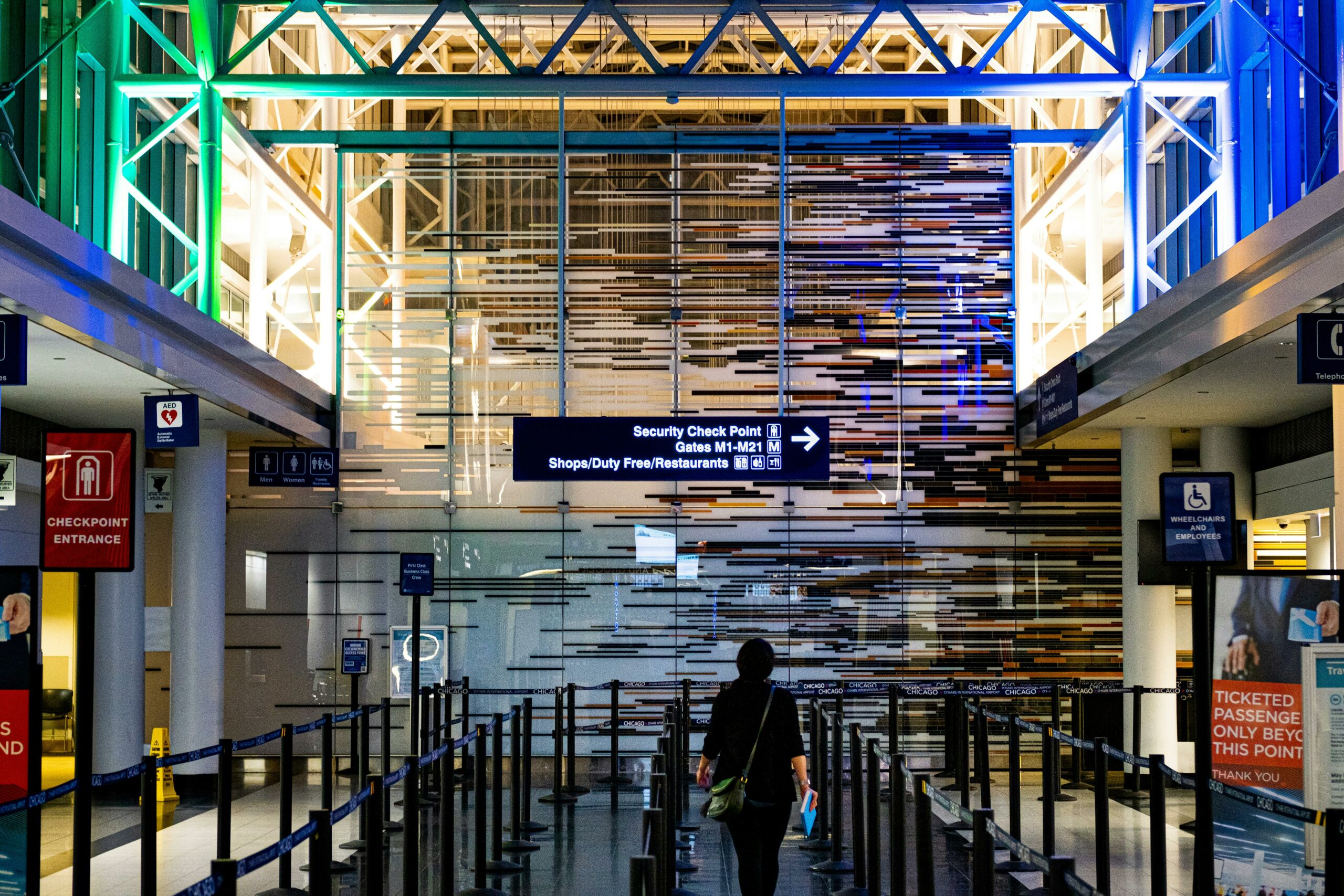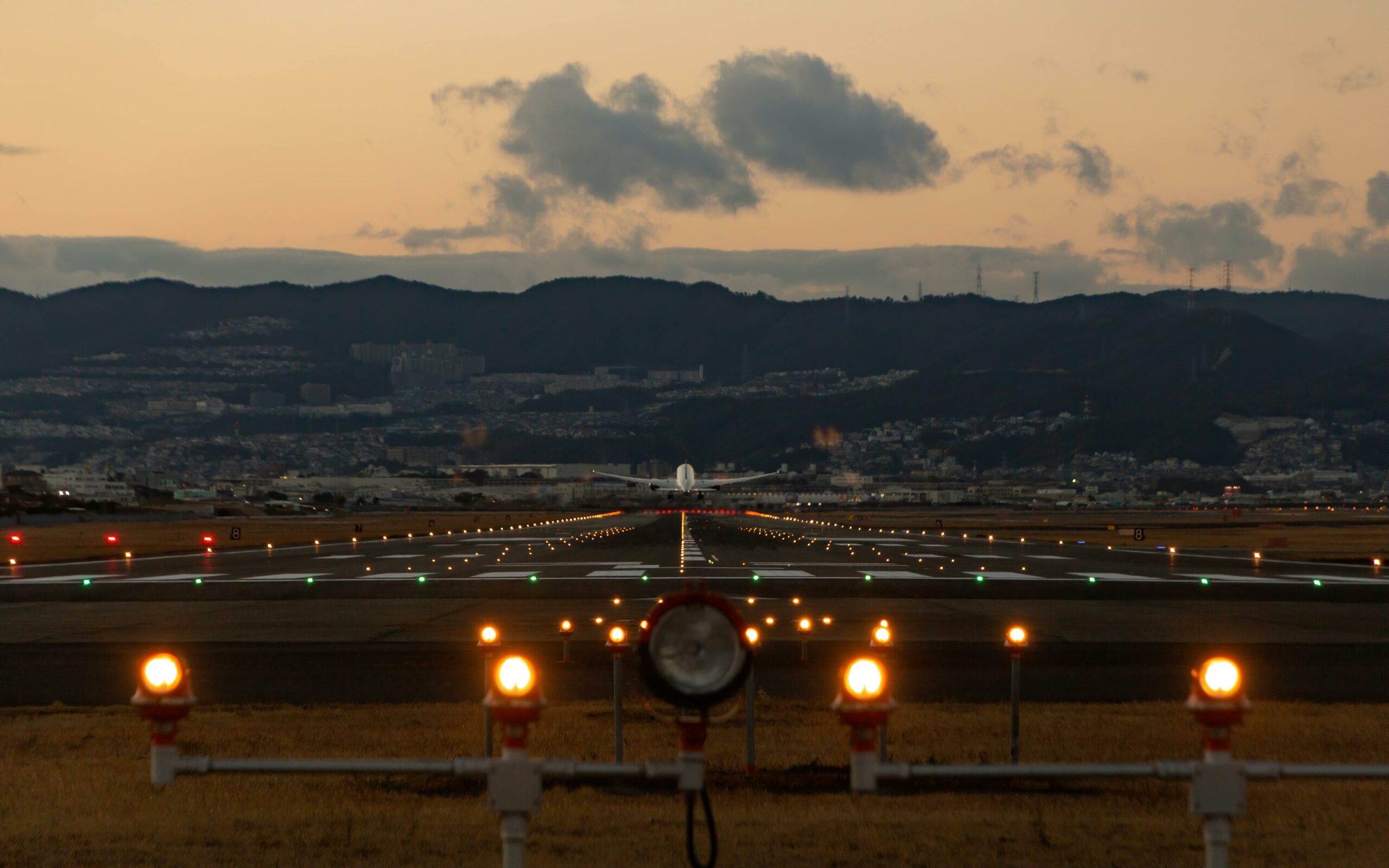The Psychology of Fear of Flying: Understanding the Triggers and Solutions

Let us dig in to the psychology of fear of flying, also known as aviophobia or aerophobia. This fear can range from mild discomfort to severe anxiety and panic attacks. The fear of flying can be triggered by a variety of factors, including turbulence, takeoff and landing, heights, and claustrophobia. The fear of flying can be a significant obstacle for those who need to travel by plane for work or personal reasons.
The psychology of fear of flying is complex and multifaceted. Anxiety is a natural response to perceived danger, and the fear of flying is no exception. The fear of flying can be caused by a number of factors, including past traumatic experiences, a lack of control, and a fear of the unknown. In some cases, the fear of flying may be a symptom of a larger anxiety disorder. Understanding the underlying psychological factors that trigger to the fear of flying is essential for developing effective treatments and strategies for managing this fear.
Understanding Fear of Flying
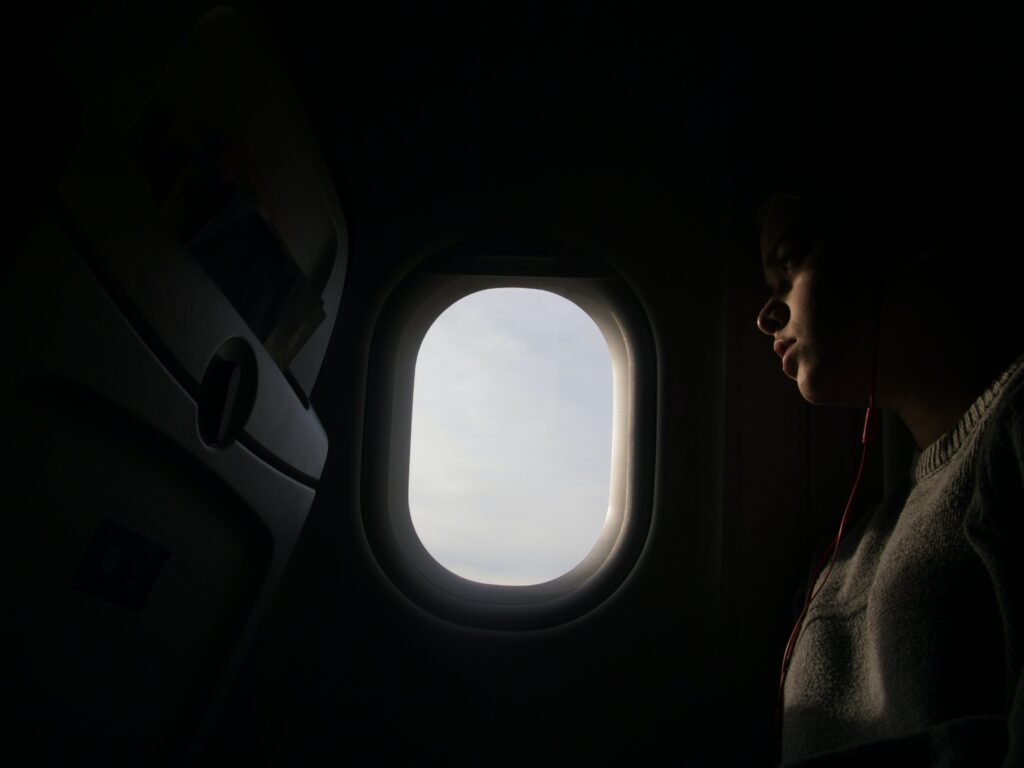
Fear of flying, also known as aerophobia or aviophobia, is a specific phobia that affects a significant number of people. It is characterized by an intense fear or anxiety related to flying or being in an airplane. This fear can cause significant distress and impairment in daily life, especially for those who need to travel by air frequently.
The fear of flying can be triggered by various factors, including the fear of heights, of enclosed spaces, of turbulence, of crashes, or of losing control. These fears can lead to panic attacks, which are sudden episodes of intense fear or discomfort that can cause physical symptoms such as sweating, shaking, chest pain, and shortness of breath.
Symptoms of aerophobia can vary from person to person, and can range from mild anxiety to severe panic. Some common symptoms include:
- Sweating
- Shaking or trembling
- Rapid heartbeat
- Chest pain or discomfort
- Shortness of breath
- Nausea or dizziness
- Feeling of impending doom or danger
Understanding the underlying causes of fear of flying is essential to managing and overcoming it. Cognitive-behavioral therapy (CBT) is a common treatment for flying phobia that focuses on changing negative thought patterns and behaviors related to flying. Relaxation techniques such as deep breathing, meditation, and visualization can also be helpful in reducing anxiety and stress related to flying.
In conclusion, fear of flying is a common and treatable condition that can cause significant distress and impairment in daily life. By understanding the underlying causes and seeking appropriate treatment, individuals with aviophobia can overcome their fear and enjoy air travel without anxiety or panic.
Causes and Triggers

The psychology of Fear of flying can be caused by a variety of factors, including previous traumatic experiences, genetic predisposition, and learned behavior. The fear can also be triggered by certain events or situations, such as turbulence, take-off, and landing.
Changes in life circumstances, such as aging or experiencing a life-threatening event, can also contribute to the development of a fear of flying. For example, older individuals may become more fearful of flying due to the increased risk of health issues or a decreased sense of control.
One of the most common causes of fear of flying is a fear of heights. This fear can be exacerbated by the enclosed space of an airplane, which can trigger feelings of claustrophobia. Panic attacks can also be a trigger for fear of flying, as the individual may associate the panic attack with the experience of flying.
Turbulence can be a significant trigger for individuals with a fear of flying. While turbulence is a normal part of flying, it can be perceived as a dangerous or threatening event by those with a fear of flying. Take-off and landing can also be triggers, as they are the most critical parts of the flight.
Overall, understanding the causes and triggers the psychology of fear of flying can help individuals develop coping strategies and seek appropriate treatment.
Prevalence and Etiology

Fear of flying is a type of specific phobia that affects a significant number of individuals worldwide. According to a study conducted by the National Institute of Mental Health, approximately 6.5% of the general population in the United States has a fear of flying.
The etiology of fear of flying is not fully understood, but it is believed to be a combination of genetic, environmental, and psychological factors. Some research suggests that a traumatic experience related to flying, such as turbulence or a near-crash, can trigger the fear. Other studies have found that individuals with anxiety disorders, panic disorder, or social anxiety disorder may be more susceptible to developing a fear of flying.
Research has also shown that this psychology of fear of flying can be triggered by a lack of knowledge about flying, such as how planes work and what to expect during turbulence. Additionally, negative media coverage of airplane accidents can contribute to the development or intensification of fear of flying.
Overall, fear of flying is a common and complex phobia that can have a significant impact on an individual’s quality of life. Understanding the prevalence and etiology of this fear can help individuals and mental health professionals develop effective treatment strategies.
Symptoms and Diagnosis
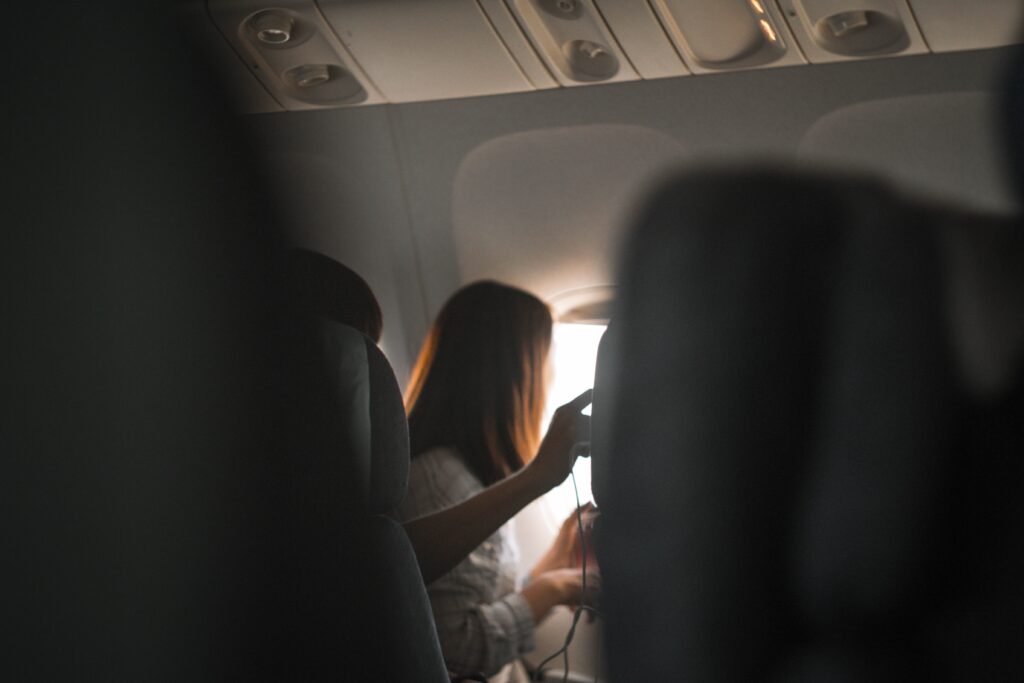
Fear of flying can manifest in various ways, and the symptoms can vary from person to person. Some may experience mild anxiety, while others may have a full-blown panic attack. Some of the most common symptoms of fear of flying include chills, dizziness, heart palpitations, nausea, shortness of breath, and shaking.
Anxiety is a common symptom of fear of flying. It can range from mild to severe and can be triggered by various factors such as turbulence, takeoff, or landing. Panic attacks can also occur, which can be frightening and overwhelming.
Stress is another symptom that can be associated with fear of flying. The stress of flying can trigger physical and emotional strain, which can lead to exhaustion and fatigue.
Diagnosing fear of flying can be challenging, as the symptoms can be similar to those of other anxiety disorders. However, a mental health professional can diagnose fear of flying by conducting a thorough assessment of the person’s symptoms and medical history.
In conclusion, fear of flying can cause a range of symptoms, including anxiety, panic, stress, chills, dizziness, heart palpitations, nausea, shortness of breath, and shaking. A mental health professional can diagnose fear of flying through a thorough assessment of the person’s symptoms and medical history.
Treatment Approaches to this Psychology of Fear of Flying
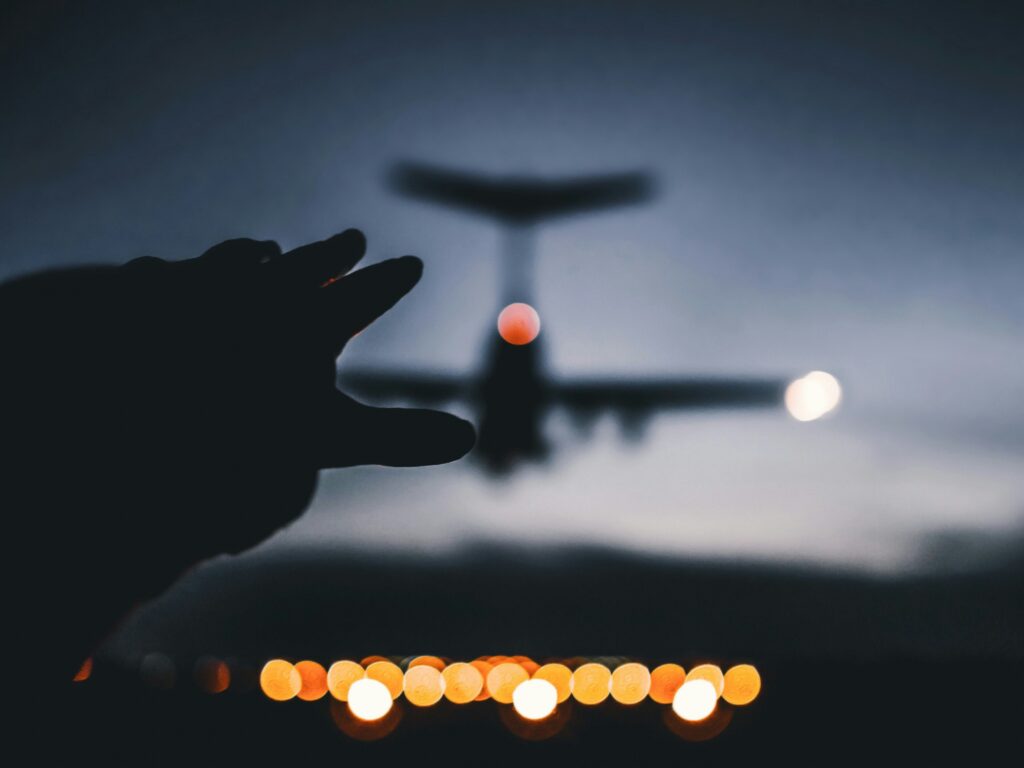
There are various treatment approaches available for individuals experiencing fear of flying. Some of the most common approaches include cognitive-behavioral therapy (CBT), in vivo exposure therapy, and medication.
CBT is a type of psychological intervention that aims to change negative thought patterns and behaviors that contribute to anxiety. In the case of fear of flying, CBT may involve identifying and challenging negative thoughts related to flying and replacing them with more positive and realistic ones. This approach has been shown to be effective in reducing anxiety related to flying.
In vivo exposure therapy involves gradually exposing individuals to feared situations in a controlled environment. For fear of flying, this may involve exposure to airplanes, airports, and other related stimuli. This approach can help individuals learn to tolerate and eventually overcome their anxiety.
Medication, such as anti-anxiety medication, may also be used to help manage symptoms of fear of flying. However, medication should be used in conjunction with other treatment approaches and under the guidance of a mental health professional.
It is important to note that not all treatment approaches work for everyone, and it may take some trial and error to find the right approach for an individual. It is recommended that individuals seek the guidance of a mental health professional who specializes in treating fear of flying to determine the best course of treatment.
Coping Mechanisms to this Psychology of Fear of Flying
There are several coping mechanisms that individuals can use to manage their fear of flying. These mechanisms can help individuals feel more in control of their emotions and reduce their anxiety levels.
Control
One of the most effective ways to cope with fear of flying is to focus on what one can control. This can include choosing the airline, seat selection, and packing items that make one feel comfortable. By taking control of these aspects, individuals can feel more confident and less anxious about the flight.
Deep Breathing
Deep breathing is a technique that can help individuals manage their anxiety by slowing down their breathing and promoting relaxation. By taking deep breaths, individuals can calm their nervous system and reduce their stress levels.
Progressive Muscle Relaxation
Progressive muscle relaxation is a technique that involves tensing and relaxing different muscle groups in the body. This technique can help individuals release tension and promote relaxation. By practicing this technique before and during the flight, individuals can reduce their anxiety levels.
Visualization
Visualization is a technique that involves imagining oneself in a calm and peaceful environment. This technique can help individuals reduce their anxiety levels by distracting them from their fear of flying. By visualizing oneself in a calm and peaceful environment, individuals can promote relaxation and reduce their stress levels.
Stress Hormones
Stress hormones such as cortisol and adrenaline can contribute to feelings of anxiety and fear. By engaging in activities that promote the release of endorphins, such as exercise or listening to music, individuals can reduce their stress hormone levels and promote relaxation.
Overall, coping mechanisms can be effective tools for individuals to manage their fear of flying. By using these techniques, individuals can feel more in control of their emotions and reduce their anxiety levels, allowing them to enjoy their flight without fear.
Safety and Air Travel
When it comes to air travel, safety is a top priority for both passengers and the airline industry. The fear of flying often stems from a lack of understanding about how safe air travel really is. In reality, flying is one of the safest modes of transportation available.
According to the National Safety Council, the odds of dying in a plane crash are approximately 1 in 188,364. This is significantly lower than the odds of dying in a car accident, which are approximately 1 in 114. Additionally, the airline industry is constantly implementing new safety measures and technologies to further improve the safety of air travel.
Before takeoff, pilots and ground crew complete extensive safety checks to ensure that the plane is in good condition and ready for flight. During the flight, the plane’s systems are constantly monitored and any issues are addressed immediately. In the unlikely event of an emergency, flight attendants are highly trained to handle the situation and ensure the safety of all passengers.
Overall, air travel is a safe and efficient mode of transportation. While it is natural to have some anxiety about flying, it is important to remember that the airline industry prioritizes safety above all else.
Fear of Flying Courses
For individuals struggling with fear of flying, there are several courses available that can help them overcome their anxiety and fear. These courses are designed to teach individuals how to manage their fear of flying, provide them with coping strategies, and help them build confidence.
One popular approach used in these courses is controlled exposure. This involves gradually exposing individuals to the things that trigger their fear of flying, such as airport terminals, airplanes, and takeoff and landing procedures. This approach helps individuals confront their fears in a safe and controlled environment, allowing them to gradually build up their confidence.
Another approach used in fear of flying courses is the use of books. These books provide individuals with information about the science behind fear of flying and offer practical tips and techniques for managing anxiety. They can be a helpful tool for individuals who prefer to learn on their own or who are unable to attend in-person courses.
Overall, fear of flying courses can be an effective way for individuals to overcome their anxiety and fear of flying. By providing individuals with the tools and techniques they need to manage their anxiety, these courses can help individuals feel more confident and comfortable when flying.
Related Posts:
Research and Future Directions
Research on the fear of flying has been ongoing for several decades, and there is a considerable amount of published research on the topic. However, much of the early research was conducted using small sample sizes and lacked scientific rigor. In recent years, there has been an increase in the number of studies using larger sample sizes and more robust methodologies, which has led to a better understanding of the condition.
One of the challenges in researching the fear of flying is the conflict of interest that can arise when airlines or other aviation-related companies fund the research. To address this issue, some researchers have turned to alternative sources of funding, such as government grants or private foundations.
Database searches have also played an important role in advancing our understanding of the fear of flying. By analyzing large datasets, researchers have been able to identify cognitive responses and safety behaviors associated with the condition. This information has been used to develop more effective treatments for individuals with a fear of flying.
Despite the progress that has been made, there is still much to learn about the psychology of fear of flying. Future research should focus on identifying the most effective treatments for the condition and on developing interventions that can be delivered remotely, such as through teletherapy. Additionally, more research is needed to understand the underlying cognitive and neural mechanisms that contribute to the fear of flying. By continuing to advance our understanding of the condition, we can develop more effective treatments and help individuals overcome their fear of flying.
